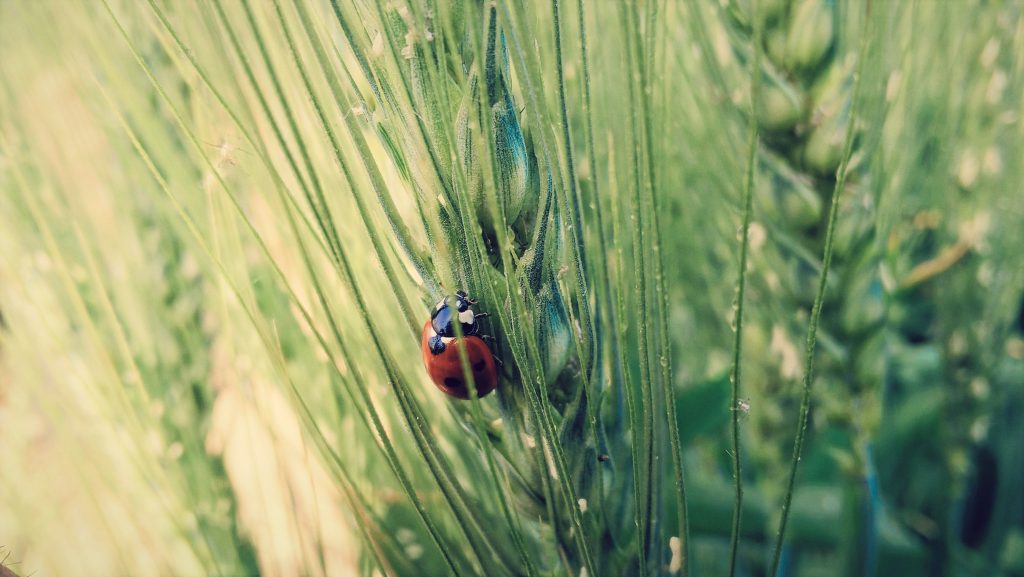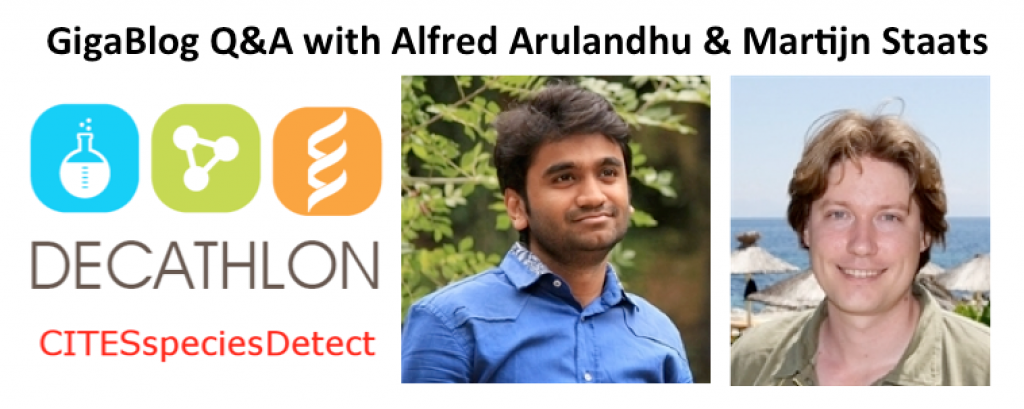Is it's been a while since I've blogged here. The last few months have been, um, interesting for so many reasons.
Rogue Scholar Posts

This week in GigaScience we published research revealing a previously hidden diversity of symbiotic bacteria from the genus Rickettsia , spanning a wide range of arthropod hosts. Using accidentally amplified sequence data from a barcoding database as a starting point, the results will help to better understand the co-evolution of these intimate symbioses.

Somewhat stunned by the fact that my DNA barcode browser I described earlier was one of the (minor) prizewinners in this year's GBIF Ebbe Nielsen Challenge. For details on the winner and other place getters see ShinyBIOMOD wins 2020 GBIF Ebbe Nielsen Challenge. Obviously I'm biased, but it's nice to see the challenge inspiring creativity in biodiversity informatics. Congratulations to everyone who took part.

Motivated by the 2020 Ebbe Nielsen Challenge I've put together an interactive DNA barcode browser. The app is live at https://dna-barcode-browser.herokuapp.com. A naturalist from the 19th century would find little in GBIF that they weren’t familiar with. We have species in a Linnean hierarchy, their distributions plotted on a map.

Earlier this year I stopped over in Singapore, home of the spectacular "supertrees" in the Garden by the Bay. The trip was a holiday, but I spent a good part of one day visiting Rudolf Meier's group at the National University of Singapore. Chatting with Rudolf was great fun, he's opinionated and not afraid to share those opinions with anyone who will listen. Belatedly I've finally written up some of the topics we discussed.

I’m a genomicist, get me into here. Today is DNA Day, commemorating the day in 1953 when Watson, Crick, Wilkins, Franklin et al. published their Nature papers on the structure of DNA, as well as the day in 2003 that the completion of the Human Genome Project was declared.

Sequencers versus the smugglers. CITES (the Convention on International Trade in Endangered Species of Wild Fauna and Flora), is one of the largest and oldest conservation and sustainable use agreements in existence, and provides a legal framework for protecting endangered plants and animals around the world.
Following on from earlier posts exploring how to map DNA barcodes and putting barcodes into GBIF it's time to think about taking advantage of what makes barcodes different from typical occurrence data. At present GBIF displays data as dots on a map (as do I in http://iphylo.org/~rpage/bold-map/). But barcodes come with a lot more information than that.

Following on from adding DNA barcodes to GBIF I've now uploaded a taxonomic classification of DNA barcode BINs (Barcode Index Numbers). Each BIN is a cluster of similar DNA barcodes that is essentially equivalent to a species.

I've uploaded all the COI barcodes in the iBOL public data dumps into GBIF. This is an update of an earlier project that uploaded a small subset. Now that dataset doi:10.15468/inygc6 has been expanded to include some 2.7 million barcodes.